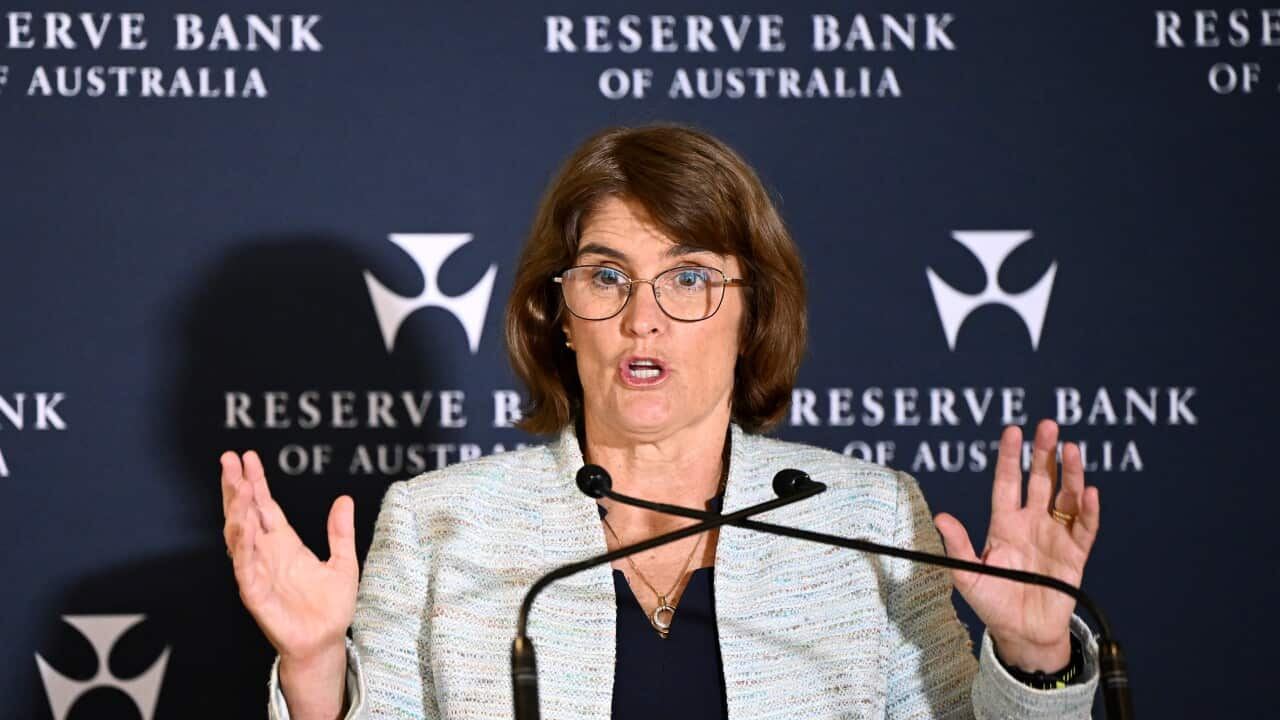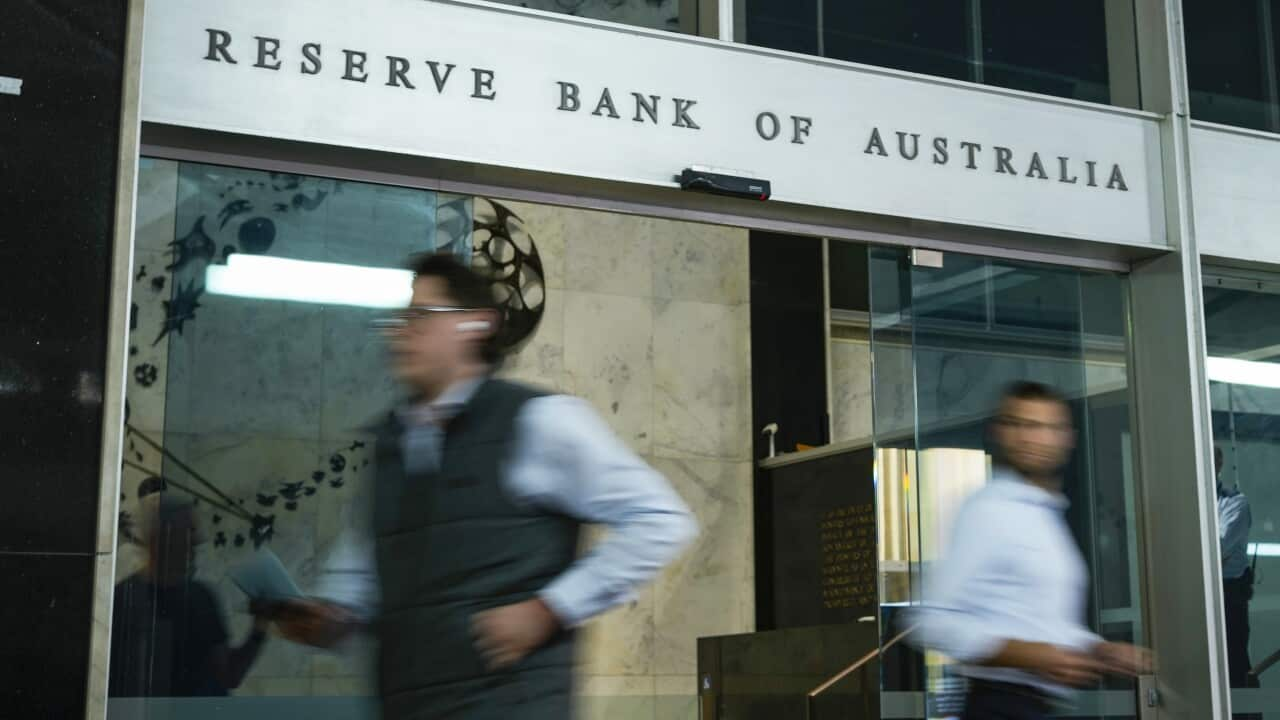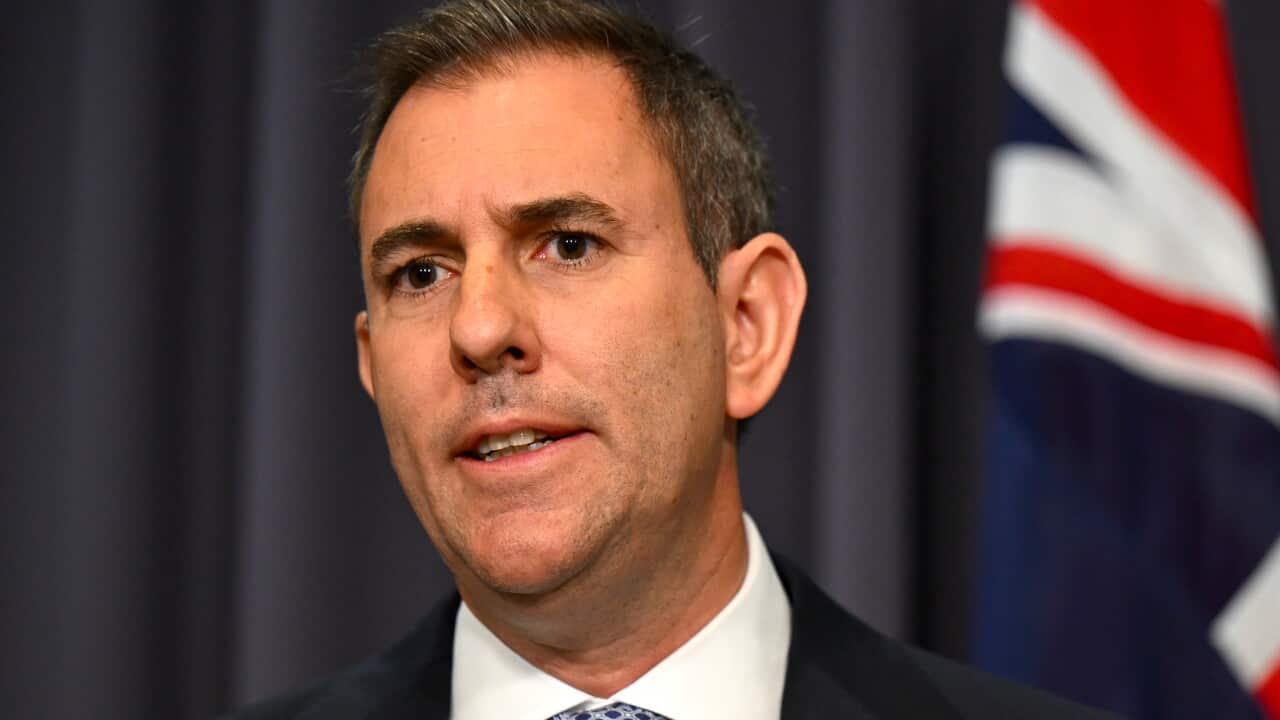The US Federal Reserve continued its interest rate cuts this week, and Australians have been left wondering when they may start to see the same easing of cost of living pressures and mortgage repayments.
On Thursday, the Federal Reserve cut the interest rate by 0.25 per cent, taking it from 4.5 to 4.25 per cent.
The US started cutting interest rates in September, with a 0.5 per cent interest cut followed by another 0.25 per cent cut in November.
In a statement, the Federal Open Market Committee, which makes key decisions about interest rates in the US, said economic activity has increased while unemployment has remained low.
LISTEN TO

MYEFO, interest rates and migration
SBS News
08:09
However, the committee also said it would "continue to monitor the implications of incoming information for the economic outlook", signalling a cautious path of easing the interest rates further in 2025.
Meanwhile, Australians are also hoping for interest rate cuts to relieve cost of living pressures.
Earlier in December, the after its final board meeting of the year. The rate has not changed since November last year.
Independent think tank The Australia Institute criticised the December decision, saying a cut was "long overdue".
The institute's chief economist Greg Jericho called on the board to return earlier than planned in January and cut the interest rate, which has held steady for over a year.
"Economic management is a full-time job yet the RBA is taking a two-month summer holiday," he said.
"(Reserve Bank governor) Michele Bullock and (Treasurer) Jim Chalmers constantly tell us they’re 'fine tuning' the economy. That can't be done with the RBA board all at the cricket."
Expectations are 'jumping around'
While there had initially been hopes for an interest rate cut in February, a surprise dip in Australia's unemployment rate may have made this less likely.
The jobless rate fell from 4.1 per cent to 3.9 per cent in November, the Australian Bureau of Statistics (ABS) reported last week, defying expectations of a 0.1 percentage point rise.
Approximately 35,600 jobs were added to the economy — well above market forecasts of a 25,000 job gain.
"In November we saw a higher than usual number of people moving into employment who were unemployed and waiting to start work in October," ABS head of labour statistics David Taylor said on Thursday.
"This contributed to the rise in employment and fall in unemployment."
RBA governor Michele Bullock has cited the ongoing strength in the jobs market as a reason why Australia has lagged comparable nations in beginning its monetary easing cycle.
Dr Gareth Bryant, a political economist from the University of Sydney, told SBS News that central banks around the world, like the RBA, have become increasingly dependent on data in the face of more unpredictability post-COVID.

Reserve Bank of Australia governor Michele Bullock has said the ongoing strength in the jobs market is a reason why Australia has lagged behind comparable nations in cutting interest rates. Source: AAP / Steven Saphore
"We've had data points over the last month or two that have pointed in different directions," Bryant said.
"There's not a lot of strong certainty about the economic situation that we're in, so expectations are jumping around. When you put it all together, I think the chances of a February interest rate cut are something like 50-50."
While Bryant said an interest rate cut by May is more likely, the decision could depend heavily on the next inflation or unemployment figures.
What about the new RBA board structure?
RBA operations have experienced a significant shakeup recently, : a bank governance board and a monetary policy board that will hold its rate-setting powers.
The overhaul came after an independent review of the central bank's operations criticised the current board's decision-making and ability to hold the governor to account.
Earlier this week, Treasurer Jim Chalmers announced the appointment of Australian National University professor Renee Fry-McKibbin and former Bendigo and Adelaide Bank boss Marnie Baker to the monetary policy board, alongside four existing members.
While Bryant said the new expertise of board members will bring the RBA closer in line with comparable countries such as the US and European nations, the change is unlikely to have any major impacts on rate cut decisions in the coming months.
Will it happen in 2025?
Bryant said Australians can expect interest rate relief sometime next year, based on the current economic conditions and trajectory of inflation.
However, he cautioned that unseen economic shocks or events could influence this decision.
"The key question is whether they'll be able to do that in a way that avoids the potential economic risks mounting up in terms of impacts of leaving interest rates too high on economic growth and the labour market," he said.
"That's the big risk they're managing at the moment and the timing of that interest rate cut is going to be really important."
When will the RBA meet?
The RBA board will meet eight times next year, with the first day of each meeting falling on a Monday.
- 17–18 February
- 31 March–1 April
- 19–20 May
- 7–8 July
- 11–12 August
- 29–30 September
- 3–4 November
- 8–9 December
The RBA has said the outcome of each meeting will be announced at 2.30 pm on the second day of the Board meeting, and the governor will hold a media conference at 3.30 pm.
With additional reporting by the Australian Associated Press.





